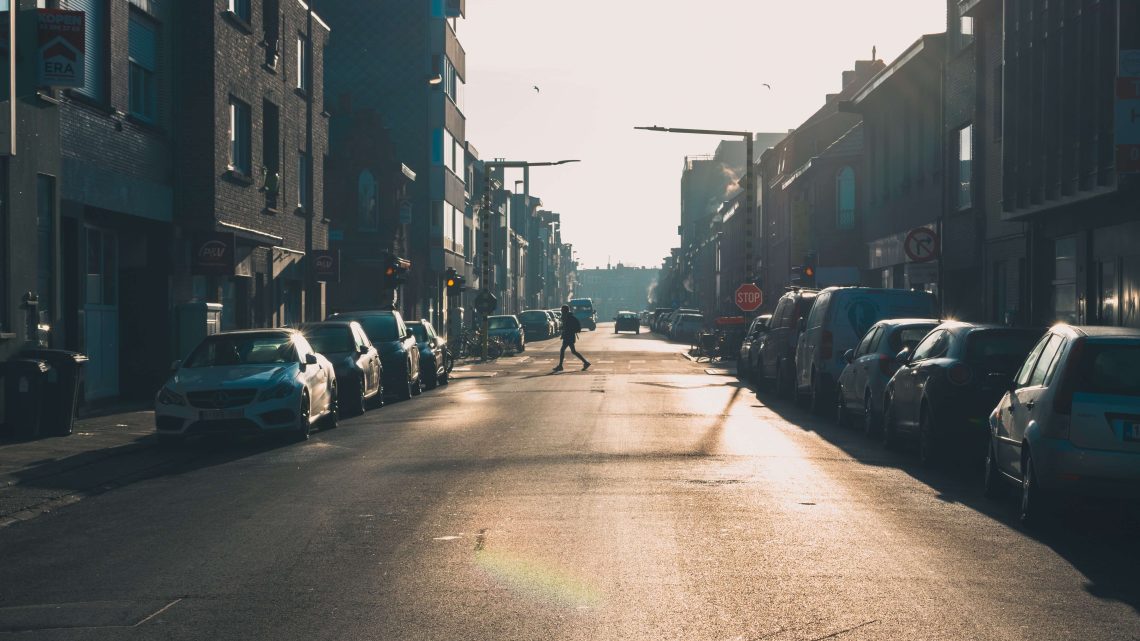Car crashes are frequently caused by the careless or negligent actions of one or more drivers on the road. However, not every collision is caused by dangerous driving. In some cases, the actions of a bicyclist or pedestrian may directly contribute to an otherwise-avoidable accident. In this article, we discuss what happens if a Georgia car accident occurs due to a jaywalking pedestrian.
What is Jaywalking?
Jaywalking is defined as crossing a street or roadway outside of a crosswalk or designated space for people to safely navigate traffic. Occasionally, a pedestrian may technically be jaywalking if they fail to yield to oncoming traffic or cross against a red light. Jaywalking may not seem like a big deal, especially on a low-traffic street, but it substantially increases a pedestrian’s risk of being struck by a bicycle, motorcycle, or motor vehicle.
In the U.S. during 2022, at least 7,508 people were struck and killed while walking. This is the highest number of pedestrian fatalities since 1981. Pedestrian deaths have been on the rise over the previous decade, going from 4,302 in 2010 to 7,624 in 2021. Jaywalking likely plays a significant role in this alarming increase in pedestrian fatalities.
Is Jaywalking Illegal in Georgia?
According to the Georgia Governor’s Office of Highway Safety, “jaywalking” is not a legal term and does not appear in the Georgia Code.” However, people frequently use the term to refer to people crossing a street where there is no marked crosswalk. Even though jaywalking may not specifically be illegal in the state, pedestrians are legally required to yield the right of way to all vehicles on the roadway when crossing outside of a crosswalk. The exception to this rule occurs when a pedestrian has already, under safe conditions, began to cross the street.
Can a Pedestrian Be Held Liable for a Crash?
Despite jaywalking not being technically illegal in the state of Georgia, a pedestrian may still fail to follow the right of way on the road and directly cause a collision. The following are some examples of how a pedestrian may cause a crash:
- By jaywalking or stepping out in front of a car, truck, bicycle, or other vehicle
- By entering a crosswalk despite having a “don’t walk” signal
- Through failing to check for incoming traffic before crossing
- By wearing dark clothing while walking at dusk, dawn, or night
- If the pedestrian intentionally tries to distract a driver
- When a pedestrian throws items into the road, either accidentally or intentionally
- By walking or crossing the street while intoxicated
This is not meant to be an exhaustive list, but it does demonstrate some of the ways in which a pedestrian’s negligence can cause them or someone else to become the victim of a car accident. Both drivers and pedestrians have a duty of “reasonable care” to other users of the road, and crossing the street unsafely can constitute a breach of this duty. An Atlanta pedestrian accident attorney can help determine who may be liable after a collision caused by one party’s negligence.
Proving Fault After a Jaywalking Accident
In a collision between a motor vehicle and a pedestrian, the negligent party will be found at fault for the crash. Proving fault in Georgia requires the plaintiff to demonstrate four elements of negligence. The plaintiff or their legal counsel needs to show that:
- The other party owed a duty of care: It must first be established that the liable party owed the accident victim a duty of care. This creates a relationship between the two parties. As an example, a driver owes a duty of care to other motorists in that they must operate their vehicle safely and obey traffic laws.
- The duty of care was breached: Once it is shown that the defendant owed the victim a duty of care, it must be proven that there was a breach in that responsibility. By failing to exercise reasonable care, this requirement may be satisfied.
- The accident caused injuries: The victim must be able to prove that they suffered injuries as a direct result of the collision. These must be injuries that the victim would not have suffered if not for the actions (or lack thereof) of the other party.
- The injury resulted in damages: After establishing that the plaintiff suffered injuries as a result of a breached duty of care, it must be proven that they also suffered “legally” recognized harm. Damages incurred in a pedestrian accident can include medical bills, lost wages, property damage, and lost earning potential.
When all of these conditions are satisfied, it may be possible to seek compensation for damages incurred through a pedestrian accident lawsuit in Georgia.
Steps to Follow After a Pedestrian Accident
If you or a loved one are involved in a pedestrian accident, it’s important to immediately take the steps necessary to ensure your safety, along with the well-being of other accident victims. After the collision, you should:
- Get to a safe place: If you are conscious and able to move yourself or your vehicle out of the flow of traffic without suffering further harm, do so. This allows you to avoid further injury.
- Call 911: Even if no one seems seriously injured, call 911 right away. It’s important to have the accident victims checked out by paramedics and you’ll want a copy of the responding law enforcement agency’s accident report.
- Exchange contact information: Take down the contact information of anyone that witnessed the accident. You also need to exchange insurance information with anyone involved in the crash.
- Gather evidence: You should collect as much evidence as you safely can at the scene of the crash. Take photos of the vehicle(s) involved, any underlying conditions that may have contributed to the crash, and any injuries suffered.
- Contact an attorney: You may benefit from the assistance of an experienced Georgia pedestrian accident lawyer. They can help you assess your legal options and pursue a lawsuit, if that’s the course of action you settle on.
Stay Safe When Crossing the Street
Although jaywalking may not be forbidden by law in Georgia, pedestrians nonetheless have a duty to cross the street safely. Always be sure to check for oncoming traffic and cross only when there is a clear path to the other side. Doing so protects you from harm and the possibility of being legally liable for an accident.




No Comment